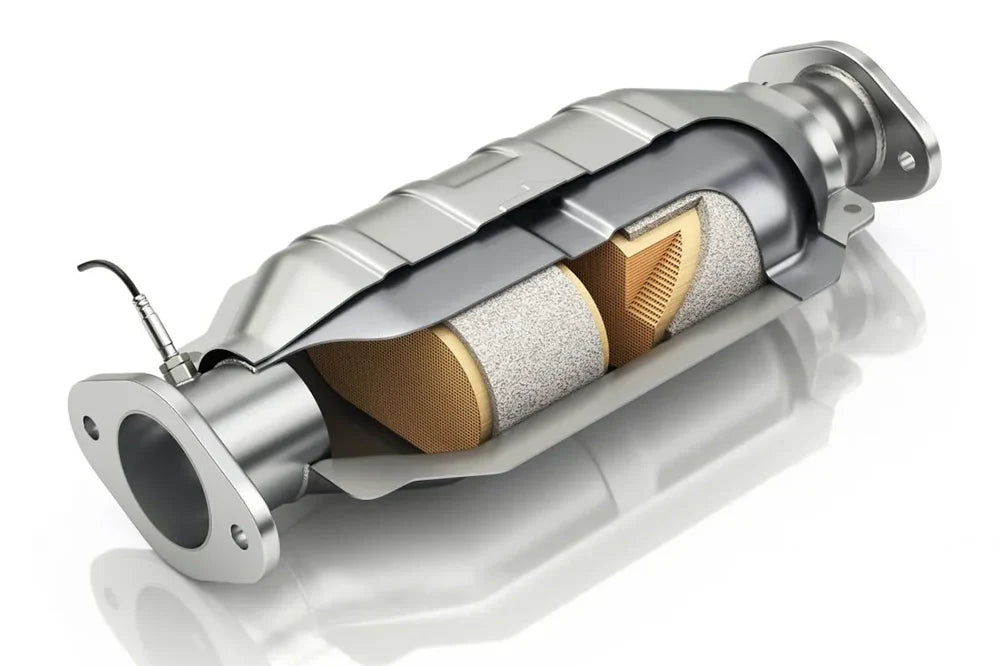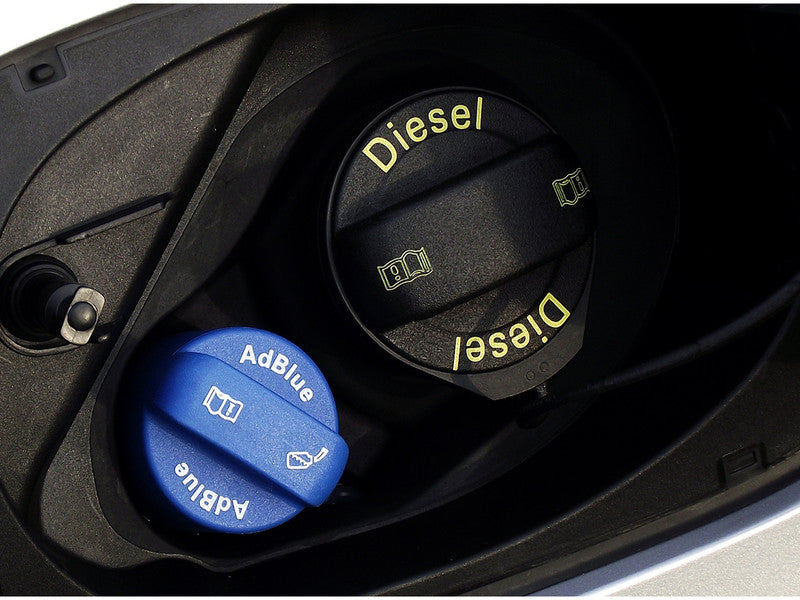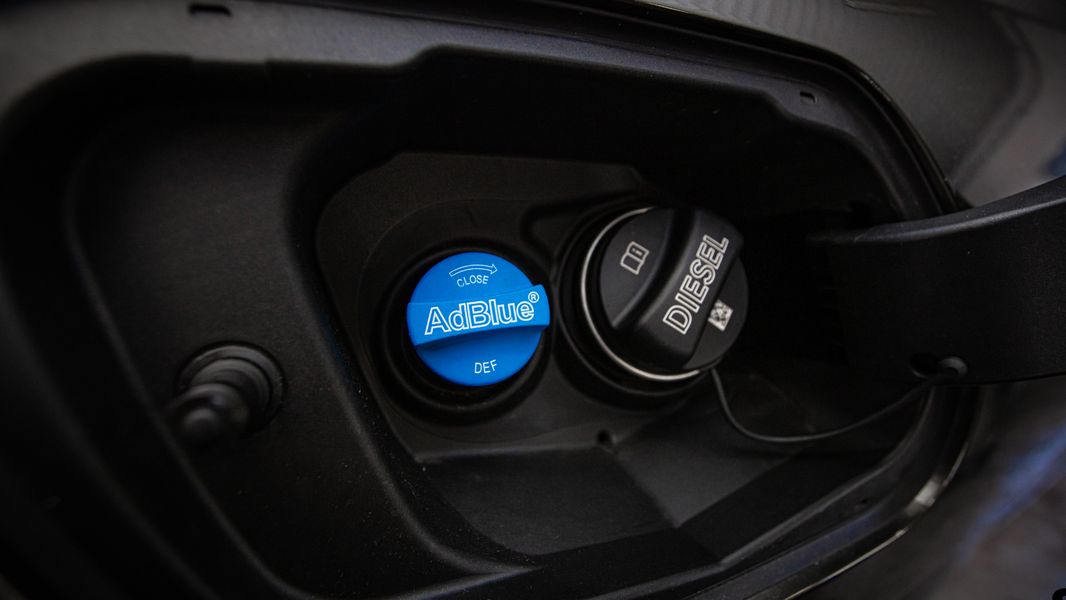AdBlue is an essential solution in the realm of modern diesel engines, playing a crucial role in reducing harmful emissions and meeting stringent environmental standards. In this detailed blog post, we will explore what AdBlue is, how it functions within diesel vehicles, and the potential problems that can arise.
We will start by explaining the composition of AdBlue, which is a non-toxic, colorless liquid made up of 32.5% urea and 67.5% deionized water. AdBlue is injected into the exhaust system of diesel engines equipped with selective catalytic reduction (SCR) technology. This process converts nitrogen oxides (NOx) into harmless nitrogen and water vapor, significantly lowering harmful emissions.
Next, we’ll discuss the significance of maintaining appropriate AdBlue levels. Insufficient AdBlue can lead to reduced engine performance, increased emissions, and, in some cases, the inability to start the vehicle. We’ll outline the symptoms of AdBlue-related issues, such as warning lights on the dashboard and the vehicle entering limp mode.
Furthermore, the blog will cover common problems associated with AdBlue, including contamination, freezing in cold temperatures, and system malfunctions. We’ll provide tips on how to properly store and handle AdBlue, as well as maintenance practices to prevent issues from arising.
By the end of this post, readers will have a comprehensive understanding of AdBlue’s critical role in diesel engines, how to identify potential problems, and the best practices for maintaining this essential fluid, ensuring optimal vehicle performance and compliance with environmental regulations.





